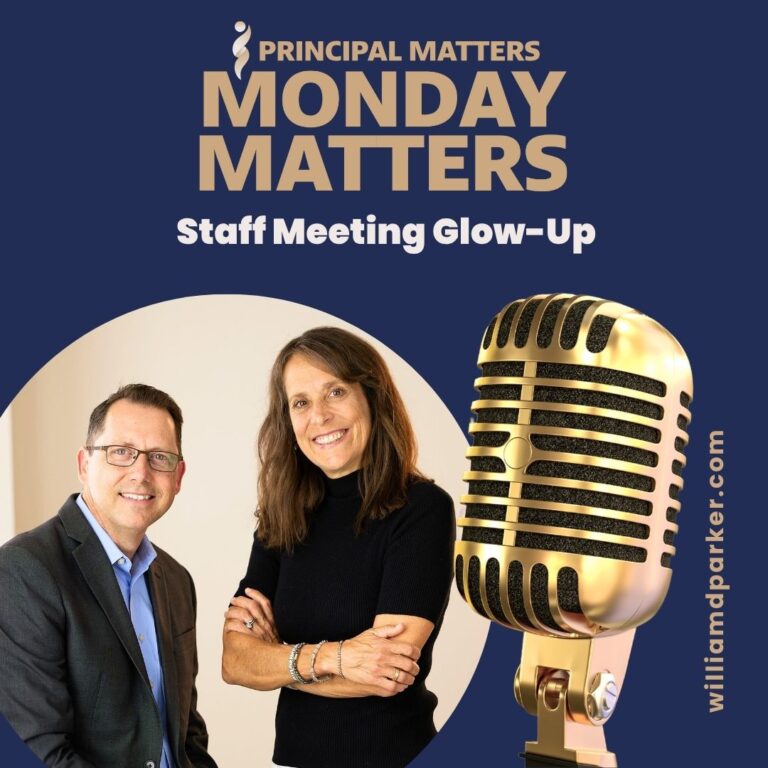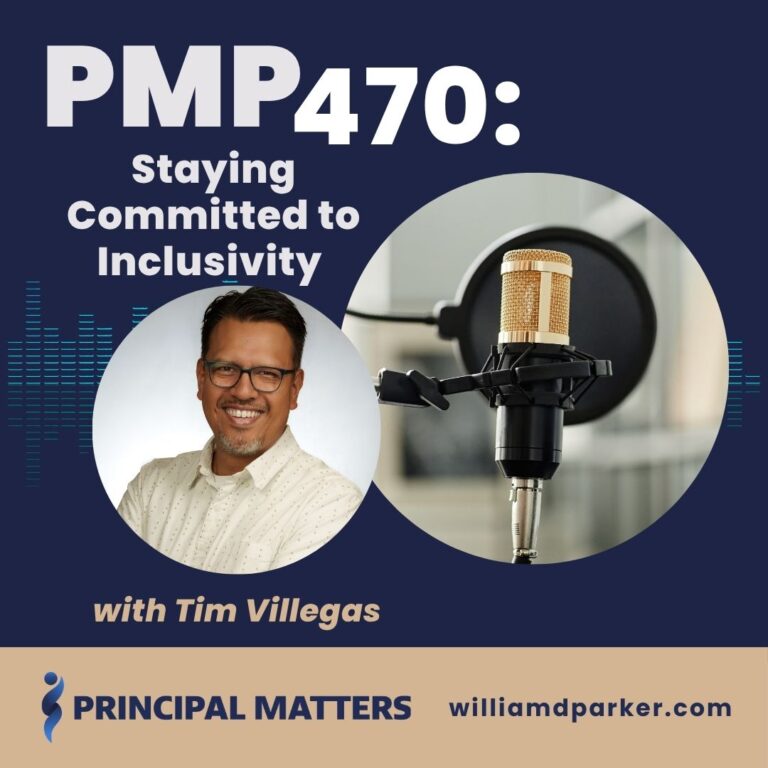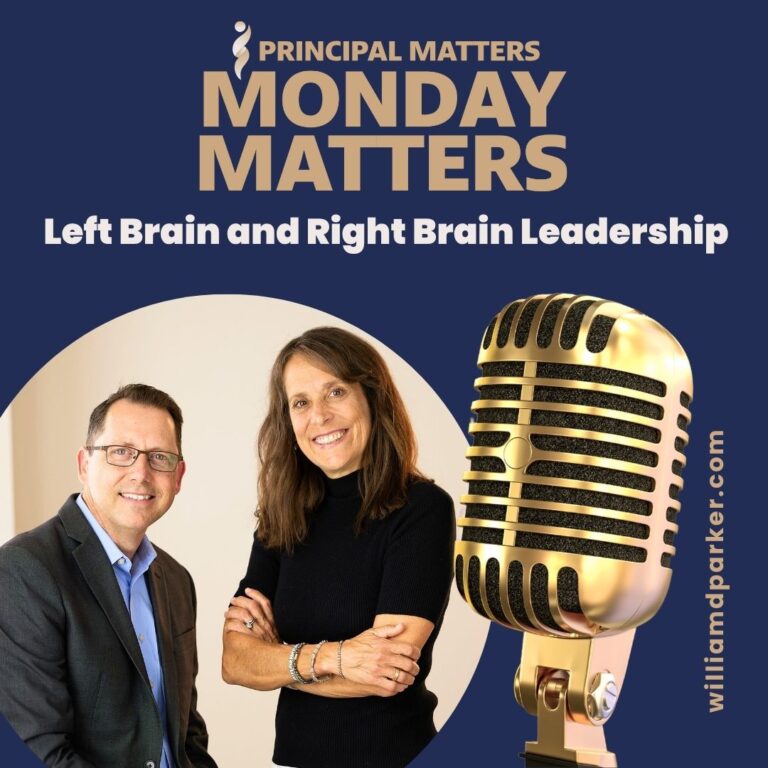Podcast: Play in new window | Download
Last week I was in a conversation with a principal from South Carolina, a member of a Mastermind for Reopening Schools that I have been leading.

Each week more than a dozen principals join me from across the U.S. to discuss the specific scenarios unique to their own school communities while beginning the new semester during a pandemic.
The principal from South Carolina shared some data from his school with the rest of the group. His school has offered students the option of returning to in-person instruction or receiving their instruction virtually from home. When he looked at the percentages of students staying home, his numbers matched what I had heard from many others, representing around 30% of his total population.
Surprising Demographic Data
When he broke down his numbers by demographics; however, he saw something surprising. 48% of his black students are planning to stay home while 52% are planning to return in-person. The same trend was present in his Hispanic student population. But when he looked at his white student population, 20% were staying home while 80% had elected to return to school.
When I asked him to reflect on these percentages, he told me some feedback he had been observing:
First, many of his minority families depend on buses for transportation. Whereas white families were more apt to drive their students to school during a pandemic, some of his minority students did not have that option.
Second, many children in the minority families live with grandparents, aunts, uncles, or in families with mixed generation members. Their concerns of infecting older family members seemed more pronounced.
Third, many of his minority families have less access to high quality health care. The possibility of infection or hospitalization are leading some of them to difficult decisions in finding care or the fear of facing financial hardship if they do so.
Possible National Trends
As I have thought about these numbers, I came across a recent article from August 7, 2020 in the Hechinger Report, Why Black Families are Choosing to Keep Their Kids Remote When Schools Open, by Bracey Harris.
In this article Harris explains the similar trends school leaders are seeing in Oxford, Mississippi. She has found data suggesting this may be a trend across the nation. “Almost 70 percent of Black households with school-aged children said they support or strongly support keeping all instruction online, according to a recent poll. Only 32 percent of white parents indicated the same,” Harris reports.
As more schools begin to open nationwide, we may find these trends are more pronounced than school leaders realized.
These numbers have caused me to think about some of the other statements I have heard about why schools must re-open. Many leaders have reminded us that re-opening schools is the best way to serve our most disenfranchised or marginalized community members. While it is true that our schools are often the best options for providing equity to communities, the emerging numbers may suggest that these same students are the ones most concerned about returning during a pandemic.
If this is this case, then school leaders have another question to keep in mind during this new semester: how we do take extra measures to contact and to support those families who choose not to return, even when we are able to re-open schools?
This may look different from community to community. But here are a few ideas to keep in mind:
- Begin calling trees to touch base with families who have chosen not to return.
- Make home visits to check on students and families to make sure they have supports and resources needed.
- Partner with area churches or youth organizations to provide an extra layer of contact and follow-up with families.
Whatever the scenario you face in your own community, as you work hard to provide service during a pandemic, keep in mind the mission that drives you during “normal” times is still the same now: Reaching all students.
Lessons from History

A few weeks ago, I finished a summer reading project: Open Wide the Freedom Gates, A Memoir by Dorothy Height. I was humbled and convicted that I was unfamiliar with the story of this brave American hero. A civil rights leader through several decades, Dorthy Height worked closely with Mary McLeod Bethune. She collaborated with Eleanor Roosevelt, met Martin Luther King, Jr., when he was 14 years old, and became a powerful influencer, advisor to several presidents, and an advocate for minorities and women’s rights around the world.
Reading her book reminded me that the calls for equity in our communities and schools has been happening long before the current national conversation. I was also reminded that the systems and institutions that exist in our school communities have histories that existed long before we ever arrived at our schools.
These systems are also at play during a pandemic, and it is the responsibility of the school leader to keep them in sight even while moving forward into uncharted territory.
Let’s Wrap This Up
In the days and weeks ahead, you will be leading in ways you’ve never had to lead before. Until this school year, no one has ever opened a school during a modern pandemic. Some leaders are already experiencing successful school openings with masks and safety protocols in place. Others have begun in-person but had to pivot home after several new outbreaks of COVID-19. Many schools are beginning with all students at home while waiting for community spread to decrease.
Now It’s Your Turn
From my conversations with school leaders, I know you are moving forward with courage and compassion. I know you are listening to your community members. And I know you are keeping students’ best interest as the center of your decision making. But as you move forward in the days ahead, take time to also look at the broader trends within your own school community.
If you are seeing certain students or families who may be less engaged in the days ahead, what measures or strategies will you employ to reach out and communicate with them? Let’s ensure that the widening gaps of learning that existed before the pandemic are not widened even more. Let’s keep our eyes on equity in education even during a pandemic.




